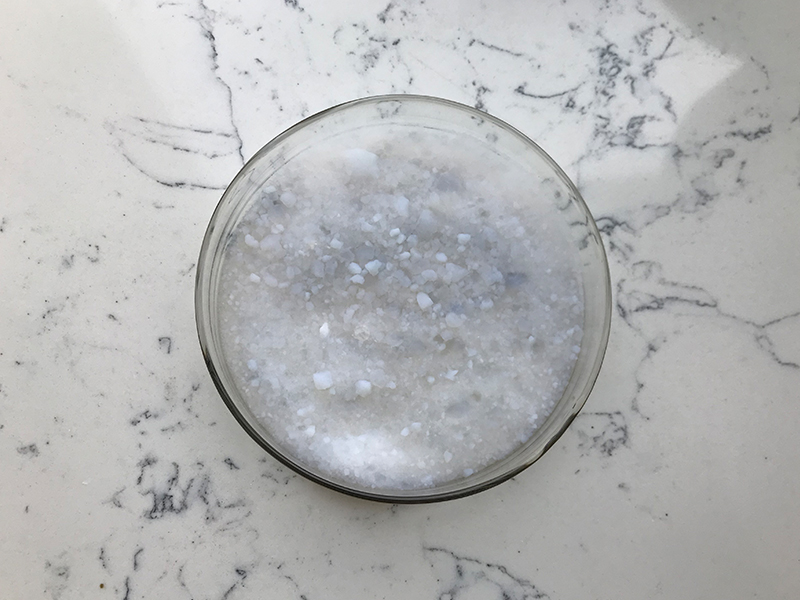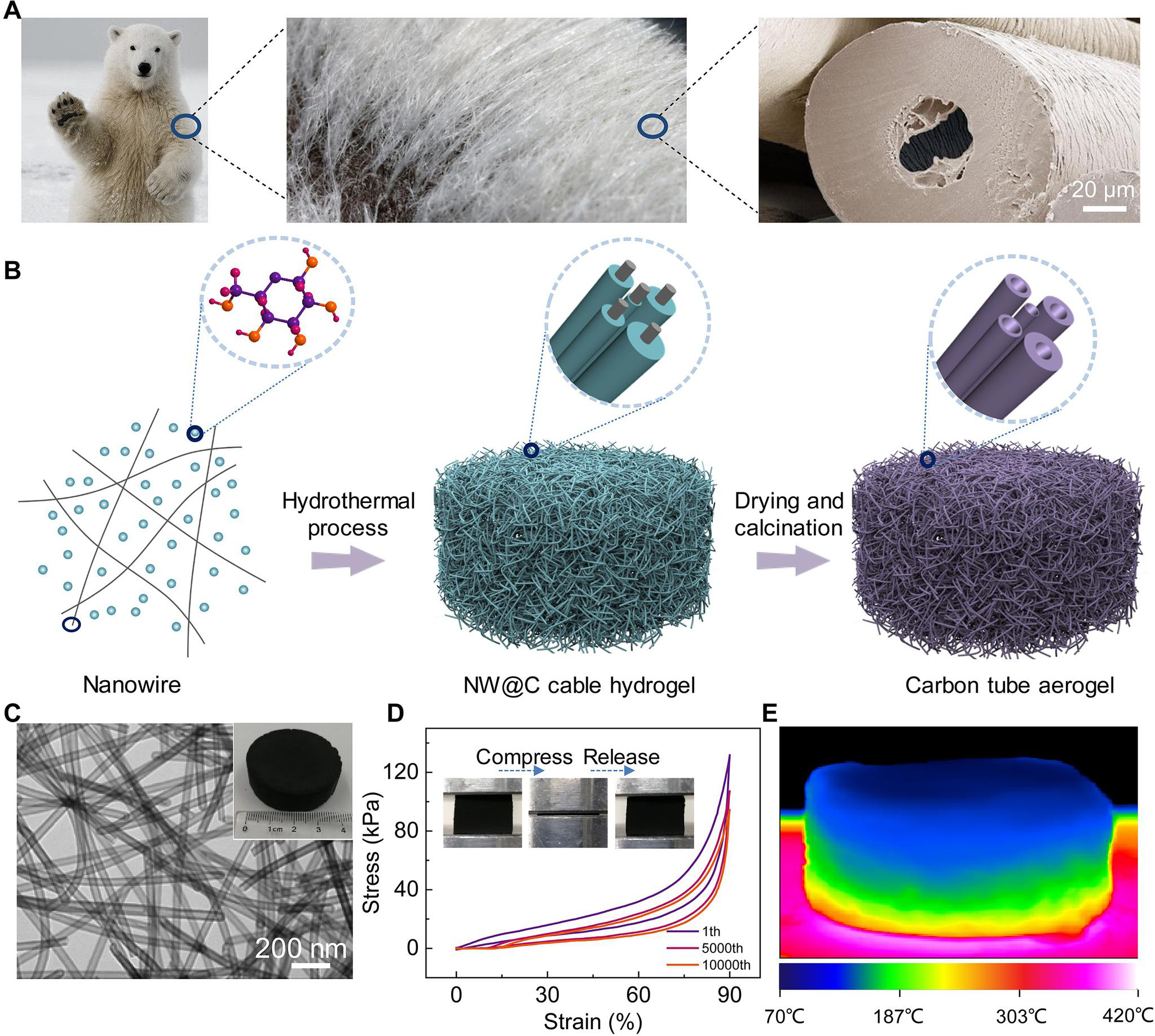Aerogels are unique materials known for their extremely low density and high porosity. They are colloidal systems in which the liquid component of a gel is replaced with a gas, resulting in a solid material that is mostly composed of air. The most common types of aerogels are silica aerogels, but aerogels can also be made from various other materials, including polymers, carbon, and metal oxides. Here, I’ll focus on silica aerogels as they are the most widely studied and used.
Chemical Structure of Aerogels:
Silica aerogels are primarily composed of silicon dioxide (SiO2), the same chemical compound found in quartz and glass. The structure of silica aerogels is amorphous, meaning it lacks a regular, repeating crystalline pattern. The amorphous nature of the material contributes to its unique properties, such as high surface area and low thermal conductivity.
The production of silica aerogels typically involves the following steps:
Sol-Gel Process: A silica precursor, often tetraethyl orthosilicate (TEOS), undergoes hydrolysis and condensation reactions to form a silica sol.
Gelation: The sol is then subjected to a gelation process, where it transforms from a liquid sol into a solid gel network.
Solvent Exchange: The liquid component of the gel is carefully removed through solvent exchange, replacing it with a gas, usually supercritical carbon dioxide.
Drying: The remaining gel is dried under supercritical conditions, preventing the collapse of the delicate gel structure and ensuring the formation of the aerogel.

Physical Properties of Aerogels:
Low Density: One of the most remarkable features of aerogels is their extremely low density, often as low as 0.001 g/cm³. This makes them some of the lightest solid materials known.
High Porosity: Aerogels have a high porosity, with most of their volume consisting of interconnected pores. This results in an exceptionally large surface area, which can be beneficial in various applications.
Low Thermal Conductivity: Silica aerogels exhibit low thermal conductivity, making them excellent insulators. This property, combined with their low density, has led to their use in applications where thermal insulation is crucial.
Transparency: Depending on the manufacturing process, silica aerogels can be transparent or translucent, allowing light to pass through. This property has applications in optics and windows for spacecraft.
Brittle Nature: Silica aerogels can be quite brittle due to their low density and high porosity. Care must be taken to handle them delicately to avoid breakage.
Hydrophobicity: Aerogels can be engineered to be hydrophobic (water-repellent) or hydrophilic (water-attracting), depending on the intended application.
Aerogels find applications in a wide range of fields, including thermal insulation, oil spill cleanup, aerospace, and as components in lightweight composites. Their unique combination of properties makes them valuable in various technological and scientific applications.
Adverse effects of Aerogel
Aerogels are remarkable materials known for their extremely low density and high porosity. While they have many advantageous properties, there are some potential adverse effects associated with aerogels:
Fragility: Aerogels are extremely lightweight and fragile. They can be easily damaged or broken, making them challenging to handle without proper care. This fragility can limit their applications in certain situations.
Hygroscopic Nature: Aerogels have a tendency to absorb moisture from the surrounding environment. While some aerogels are hydrophobic and resist moisture to some extent, prolonged exposure to humid conditions can compromise their performance. Moisture absorption may affect their insulation properties and structural integrity.
Processing Challenges: The production of aerogels involves complex and often expensive processes such as supercritical drying. This can limit their widespread use due to the associated costs and technical requirements.
Limited Mechanical Strength: Although aerogels have impressive thermal insulation properties, they often have low mechanical strength. This limitation can restrict their use in load-bearing applications or environments where structural integrity is crucial.

Transparency to Infrared Radiation: Some aerogels, particularly silica aerogels, are transparent to infrared radiation. While this property can be beneficial in certain applications, it may also pose challenges in situations where thermal insulation is desired.
Chemical Sensitivity: The properties of aerogels can be influenced by exposure to certain chemicals. This sensitivity may limit their use in environments where exposure to specific substances is unavoidable.
Limited Availability and High Cost: Aerogels, especially those with specific properties or compositions, can be relatively expensive to produce. This high cost and limited availability may hinder their widespread adoption in certain industries.
It’s important to note that ongoing research is addressing some of these challenges, and advancements in aerogel technology may lead to improvements in their properties and applications over time. As with any material, careful consideration of its properties and limitations is essential for successful and safe use in various applications.
